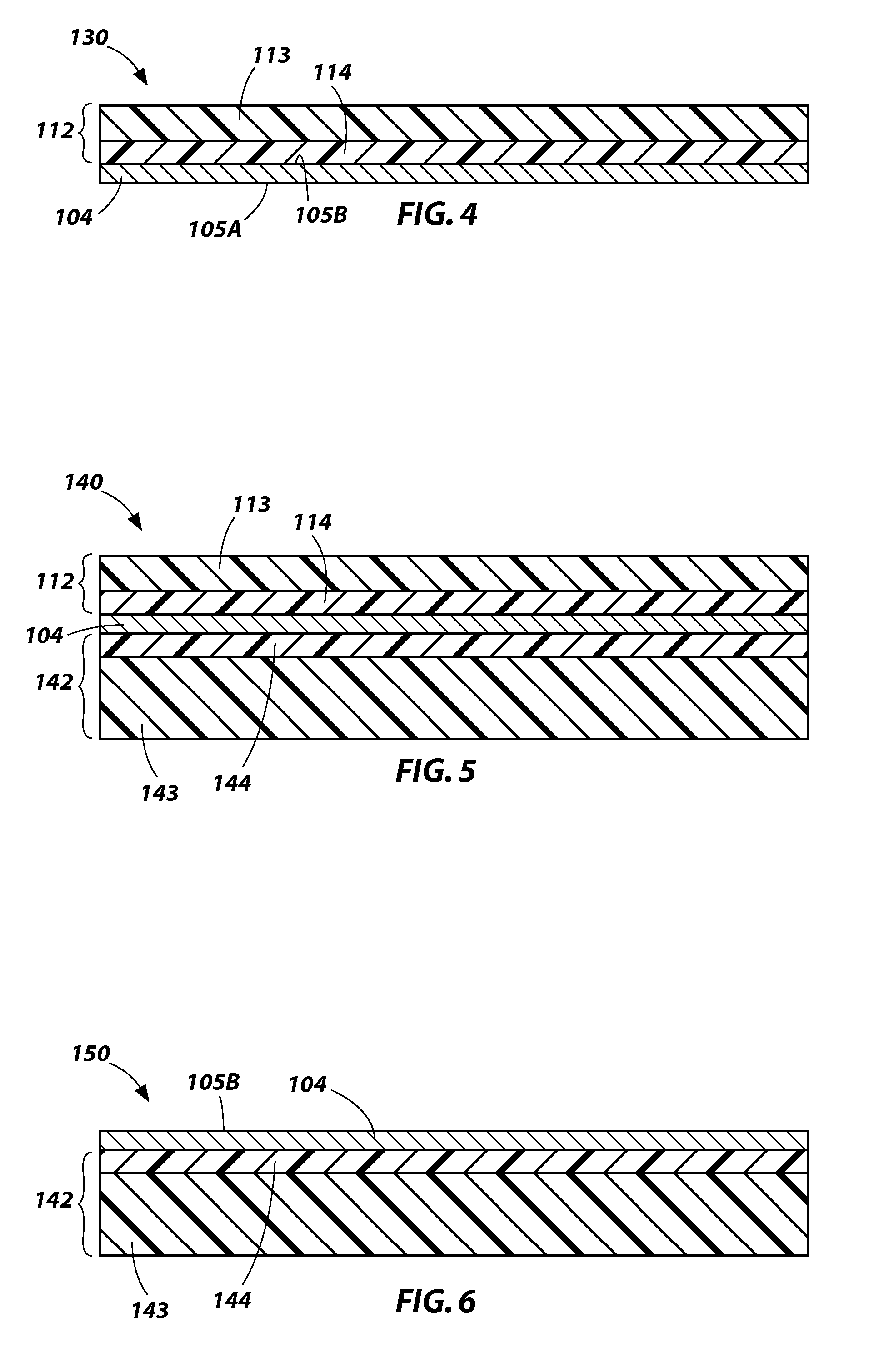Methods of fabricating semiconductor structures or devices using layers of semiconductor material having selected or controlled lattice parameters
a technology of semiconductor material and fabrication method, which is applied in the direction of semiconductor devices, basic electric elements, electrical equipment, etc., can solve the problems of increasing the defect density, imposing limitations on the device that can be fabricated, and undesirable lattice strain in the layer of semiconductor material
- Summary
- Abstract
- Description
- Claims
- Application Information
AI Technical Summary
Benefits of technology
Problems solved by technology
Method used
Image
Examples
Embodiment Construction
[0028]The illustrations presented herein are not meant to be actual views of any particular material, apparatus, system, or method, but are merely idealized representations which are employed to describe the present invention. Additionally, elements common between figures may retain the same numerical designation. As used herein, the term “III-V type semiconductor material” means and includes any material predominantly comprised of one or more elements from group IIIB of the periodic table (B, Al, Ga, In, and Ti) and one or more elements from group VB of the periodic table (N, P, As, Sb, and Bi).
[0029]As used herein, the term “II-VI type semiconductor material” means and includes any material predominantly comprised of one or more elements from group IIB of the periodic table (Zn, Cd, and Hg) and one or more elements from group VIB of the periodic table (O, S, Se, Te, and Po).
[0030]As used herein, the term “coefficient of thermal expansion,” when used with respect to a material or s...
PUM
| Property | Measurement | Unit |
|---|---|---|
| thickness | aaaaa | aaaaa |
| thickness | aaaaa | aaaaa |
| temperature | aaaaa | aaaaa |
Abstract
Description
Claims
Application Information
 Login to View More
Login to View More - R&D
- Intellectual Property
- Life Sciences
- Materials
- Tech Scout
- Unparalleled Data Quality
- Higher Quality Content
- 60% Fewer Hallucinations
Browse by: Latest US Patents, China's latest patents, Technical Efficacy Thesaurus, Application Domain, Technology Topic, Popular Technical Reports.
© 2025 PatSnap. All rights reserved.Legal|Privacy policy|Modern Slavery Act Transparency Statement|Sitemap|About US| Contact US: help@patsnap.com



